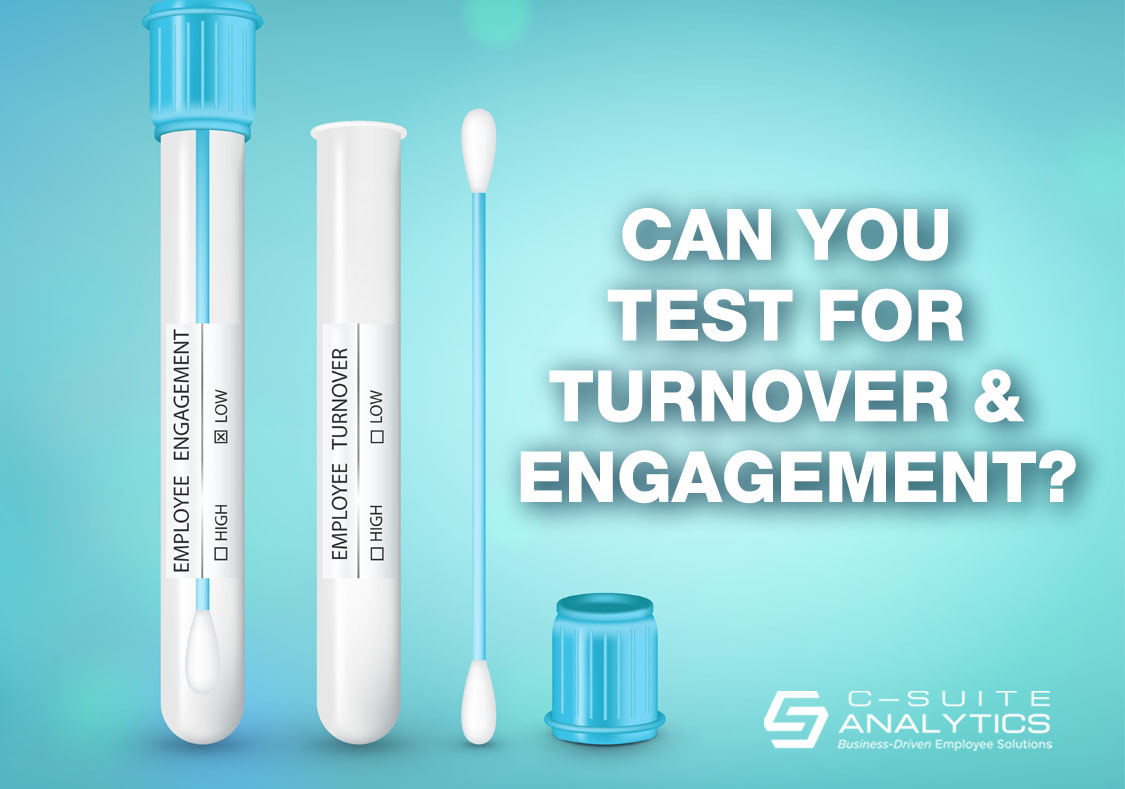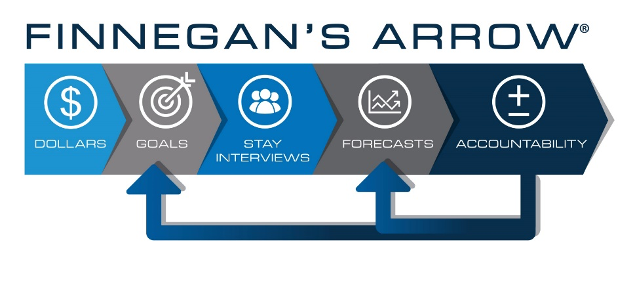Most hiring tools answer whether candidates can and will do the job, but not if they’ll stay. Learn how realistic job previews and motivational-fit interviews can improve retention from day one.
Suffering from High Turnover & Low Engagement?

What does science tell us about cutting turnover and improving engagement? Do scientific studies mention exit interviews? Employee surveys? Focus groups? Salary surveys? Benefits benchmarks?
The answer is “no” for all. Those examples pop up in articles about “best practices”, those stories about organizations that did a thing while also doing other things that might have also influenced the outcome…but science is more controlled and develops more precise definitions regarding what works and what does not work.
Science does tell us, though, that the number one reason employees stay or leave, or engage or disengage, is how much they trust their boss, meaning their immediate supervisor. As said in last week’s blog, I presented 25 such studies in my book, HR’s Greatest Challenge, and will pull out just one here. Consider that Gallup surveyed over one million employees from a wide span of industries and concluded the following:
“Talented employees need great managers. The talented employee may join a company because of its charismatic leaders, its generous benefits, and its world-class training programs, but how long that employee stays and how productive he is while he is there is determined by his relationship with his immediate supervisor.”
Ask yourself now if you believe this to be true. And if your answer is “yes” as it should be, then look at your calendar and your to-do list to see how many other tasks you put in place of addressing this one. While doing so, consider that pet insurance and events with food don’t make one bit of difference for retaining and engaging your teams.
Finnegan’s Arrow®, then, is an INVENTION that solves employee turnover and disengagement…consistently cutting turnover 30% and more while raising engagement a corresponding amount.

And Finnegan’s Arrow works like this:
- Dollars means working with your CFO to place true dollar costs on turnover for all jobs, thereby translating turnover and disengagement into the language of your CEO…and driving action as a result.
- Goals refers to recommending specific improvement goals by leader for all turnover and also for new-hire turnover based on analysis of recent turnover data…and also recommending precisely who should own responsibility for goal achievement including executives, managers, first-line supervisors, HR recruiters, and on-the-job trainers.
- Stay Interviews then become the skill-building linchpin for leaders on all levels who interview their team members one-by-one to learn why they stay, why they might leave, and what their manager can do to make work better.
- Forecast provides another tool and a metric where leaders forecast how long each employee will stay, motivating those leaders to better understand each employee’s intentions while at the same time providing executives with crucial retention data.
- Accountability then ties all components of Finnegan’s Arrow together as executives now have data for each leader’s performance against their retention goals as well as the accuracy of their retention forecasts.
- Bonus – Recruiting and Selection Processes: Finnegan’s Arrow also includes recruiting and selection tools that are laser-focused to help organizations achieve their new-hire retention goals.
Finnegan’s Arrow contains many retention and engagement solutions, and here’s how one company put it to work. This 9-location manufacturing company struggled mightily to retain new hires as half of them left before 60 days. After first implementing the new-hire recruiting/selection tools, the team leads then conducted stay interviews on day 5 and day 30, knowing they had a goal to get 80% of new hires to the 60-day finish line. Then each week all who owned the 60-day goal including each plant’s recruiter, trainer, and all team leads and supervisors attended a meeting to review each employee’s retention likelihood in his first 60 days. The meetings focused on (a) what do we have to do to get each new hire to 60 days? And (b) how did we lose anyone who will not get to 60 days? This blend of tools and accountability has this organization greatly exceeding their 60-day new-hire retention goal.
Praised by BusinessWeek and Forbes, Finnegan’s Arrow is an invention, a science-based approach to improve retention and engagement…and as our clients would tell you, IT WORKS!
Please email your comments to me at DFinnegan@C-SuiteAnalytics.com. You are also welcome to forward this blog to anyone you believe would find it helpful.



